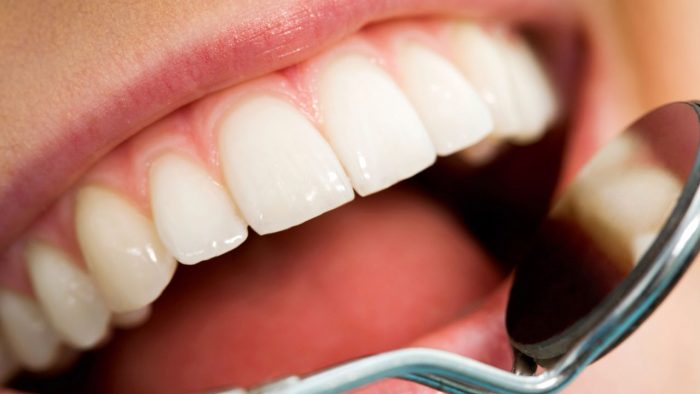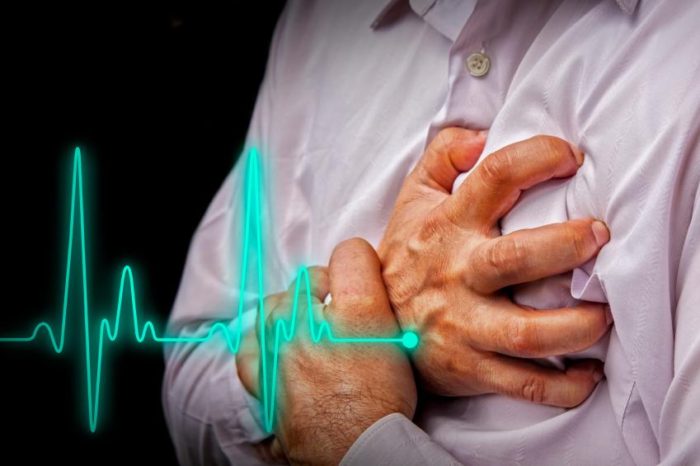Everyone who exercises regularly should recognize the symptoms that can accompany chest pain when the underlying issue is serious.
Read on to learn more about the causes of chest pain during exercise and how to treat and prevent them.
Causes
Serious conditions, such as heart attacks, and less serious issues, such as muscle strains and asthma, can lead to chest pain during exercise.
Heart attack
Myocardial infarction is the medical term for a heart attack. A heart attack occurs when the coronary arteries become blocked. The blockage causes the heart to lose oxygen. If a person does not receive treatment, the heart muscle can die.
A heart attack can cause pain in the jaw, back, chest, and other parts of the upper body. The pain may go away and return, or it may last longer than a few minutes.
Other symptoms of a heart attack include:
- pressure or pain in the chest
- sweating
- nausea
- dizziness
- anxiety
- shortness of breath
Heart attack symptoms can vary. Both men and women are likely to report chest pain, but women are more likely to experience:
- back pain
- nausea
- vomiting
- jaw pain
- shortness of breath
If a person experiences any symptoms of a heart attack, they should seek immediate medical attention.
According to the American Heart Association, the most common risk factors for a heart attack include:
- Age. People ages 65 and older are most at risk.
- Sex. Men have a much higher risk, even when they are younger, than women.
- Genetics. African-Americans and people with a family history of heart disease are more vulnerable to heart attacks and heart disease.
Angina pectoris
Angina pectoris, or angina, is a pain that stems from the heart. The main cause of angina is a lack of blood flow to the area. When this occurs, a person may feel tightness, pain, or pressure in their chest.
Some additional symptoms of angina include:
- tightness in the arms or jaw
- shortness of breath
- fatigue
- nausea
Exercise and stress can cause angina, and people often mistake this pain for a heart attack. A person should seek immediate medical attention if they experience any symptoms of a heart attack.
According to the American College of Cardiology, women are three times more likely than men to experience throat discomfort and jaw tightness or pain because of angina.
Women may also experience sharper pain, while men are more likely to experience feelings of pressure associated with angina.
Hypertrophic cardiomyopathy (HCM)
According to the American Heart Association, HCM is a common condition that can affect nearly anyone.
HCM occurs when the cells of the heart muscle enlarge, causing the walls of the ventricles to thicken.
HCM can also result if the wall dividing the left and right sides of the heart grows and puts pressure on the ventricles.
In either case, the heart has to work harder to pump blood, and a person may experience:
- dizziness
- shortness of breath
- chest pain
- fainting
In some people, HCM presents no symptoms. In rare cases, a person may experience sudden cardiac arrest during physical activities.
Asthma
Asthma is a common condition that affects the airways in the lungs.
People with asthma have inflamed airways that tighten in response to triggers, including exercise. The medical term for this is exercise-induced bronchoconstriction.
A person with a family history of asthma is more likely to develop it. People with asthma may experience:
- wheezing
- coughing
- chest tightness
- shortness of breath
Muscle strain and injuries
According to a research paper published in 2013, nearly half of all reported cases of muscle strains in the chest involve the intercostal muscles. These help a person breathe and stabilize the chest.
Common symptoms of muscle strains in the chest include:
- sharp pain
- bruising
- swelling
- pain while breathing
- difficulty moving the area
The most common cause of a muscle strain is overuse. As a result, people who regularly exercise the chest muscles are more likely to experience a strain or tear.
The risk of chest muscle strains varies by age group:
- Older adults are more likely to get this type of strain from a fall.
- Children are least likely to develop this strain.
- Adults are most likely to sustain this strain from exercise, sports, or high-impact crashes.
When to see a doctor
Speak to a doctor about any new, unidentified, or worsening chest pain. A doctor can help determine the underlying cause and recommend a treatment plan, which may include lifestyle changes.
Seek emergency medical treatment for any symptoms of a heart attack. Chest pain is the most common symptom, and certain other symptoms, such as nausea, are more common in women than men.
A person with exercise-induced asthma should seek specific treatment. A doctor may be able to prescribe medication and suggest other ways to reduce symptoms. This may enable a person to continue exercising or participating in sports.
Prevention and precautions
Not all chest pain is preventable. However, there are some general tips for preventing some causes of chest pain, such as heart attacks, strains, and asthma.
A person may be able to prevent chest pain by:
- eating a balanced diet
- exercising regularly
- avoiding tobacco smoke and alcohol
- managing high blood pressure with medications
- avoiding activities that increase the risk of physical injury
- controlling asthma with medications
Outlook
A range of conditions, from muscle strains to heart attacks, can cause chest pain during exercise.
Anyone who experiences this pain should consult a healthcare provider about the best course of treatment. Some causes of chest pain can be serious.
Many people can prevent chest pain by making lifestyle changes and following a doctor’s treatment plan.
If any symptoms of a heart attack occur, seek immediate medical attention.





